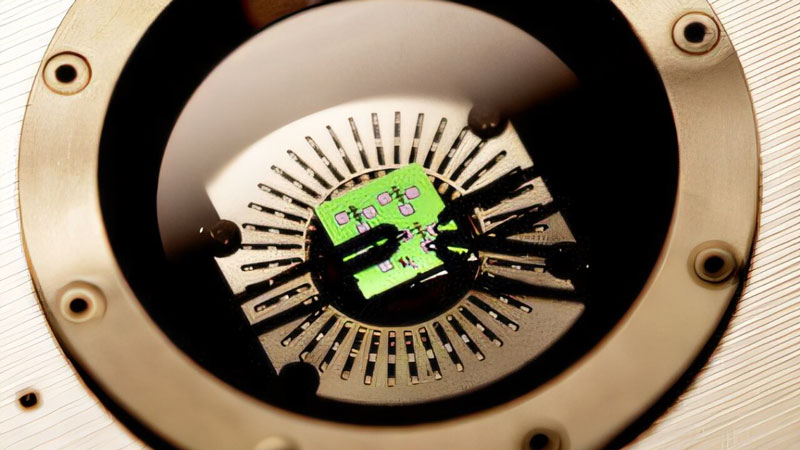Scientists have created an electrochemical memory that can work in molten lead


One day there will be a memory that will be able to work in nuclear reactors, in jet engines, on the hot surface of planets and in other extremely hot conditions. New work from researchers at the University of Michigan contributes to that moment. The memory they proposed operates at temperatures above 600 °C and will function even in molten lead.


Image source: University of Michigan
Conventional memory on silicon chips cannot operate at temperatures above 100–150 °C. It is based on the movement of electrons (electric current), and when the electrons overheat, they begin to run wild – an electrical breakdown occurs and the chip fails. Scientists from the University of Michigan have proposed replacing electrons with atoms, or rather ions, which can withstand much higher temperatures without losing control. Since operating with atoms is already chemistry, the new memory cell is called electrochemical.
The new cell can also be called a kind of battery. It consists of two working layers separated by a solid electrolyte, and storing and erasing data occurs in the same way as charging and discharging a battery. Under the influence of voltage on the platinum electrodes, the oxygenated tantalum oxide layer releases oxygen ions into the tantalum metal layer. The electrolyte, which transfers ions between the layers, also serves as a separator (barrier), which does not allow the free movement of atoms and electrons between the layers.
Image source: Cell 2024
During the migration of oxygen ions, a thin layer of tantalum metal appears in the lower layer, and tantalum oxide appears on the upper layer. These layers and interlayers do not mix. A cell value of 0 or 1 will determine whether the bottom tantalum oxide layer has become a conductor or is still an insulator for current. The value will be maintained until the polarity of the electrodes is changed. Calculations show that the cell can store information at temperatures above 600 °C for 24 hours. In other words, it is non-volatile memory.
Finer regulation of the internal resistance of the cell allows it to maintain up to 100 levels, which moves the development to the level of on-chip computing. The capacity of calculations will increase sharply, as will the storage capacity of such memory. In principle, this is the good old resistive memory ReRAM, only in a slightly more original design. And there is one nuance. The proposed memory starts working only when heated to 150 °C. But this should not be a big problem for the areas for which it is proposed.
Recent Posts
Nissan Leaf EV to Become NACS-Ported Compact Crossover in Third Generation
Nissan Leaf can rightfully be considered a long-liver of the electric car market, since the…
OpenAI expects to more than triple its revenue this year and then double it next year.
OpenAI, the market leader in generative artificial intelligence systems, remains nominally a startup, its financial…
OpenAI Decides to Hold 4o Image Generation Launch for Free Users
OpenAI has been forced to delay the release of ChatGPT's built-in image generator for free…
1440p and 240Hz for just $200: Xiaomi updates the 27-inch Redmi G27Q gaming monitor
Xiaomi continues to update its Redmi G27Q gaming monitor every year. The model was first…
Beware, Android is shutting down: OS development will cease to be public, but there is no reason to panic
Android device makers can significantly customize the look and feel of the operating system, but…
Fake GeForce RTX 4090s with RTX 3090 chips have started popping up in China — craftsmen are even changing the GPU markings
In China, scammers have started selling GeForce RTX 3090 graphics cards, passing them off as…